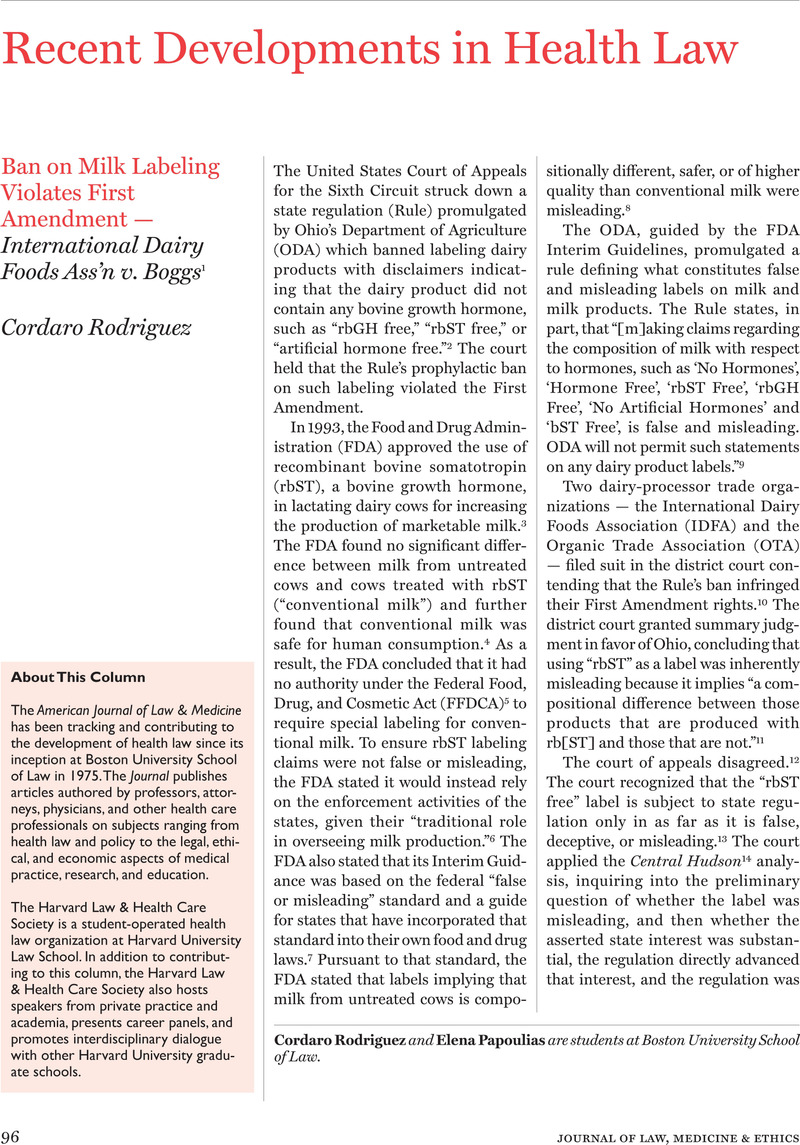The court of appeals departed from the district court's reasoning that competitor standing can only be established “when the particular statutory provision [or regulation] invoker reflect a legislative purpose to protect a competitive interest.”
Sherley, 686 F. Supp. 2d at 6 (quoting
Hardin v. Ky. Util. Co., 390 U.S. 1, 6 (
1968)) (internal quotation marks omitted). The district court held that the plaintiffs had not shown that the Dickey-Wicker Amendment was intended to insulate ASC research from competition for NIH grants.
Id. The court of appeals departed from the district court's narrow application of competitor standing to find that competitor standing is established if the complainant faces “an actual or imminent increase in competition” which causes a subsequent injury.
Sherley, 610 F.3d at 73. Therefore, the plaintiffs only needed to show that increasing funding for hESC would cause them “some competitive injury,” not necessarily that it would lower funding for ASC research.
Id. (noting that such a specific showing would address the merits of the plaintiffs’ case, not the issue of constitutional standing).
Google Scholar